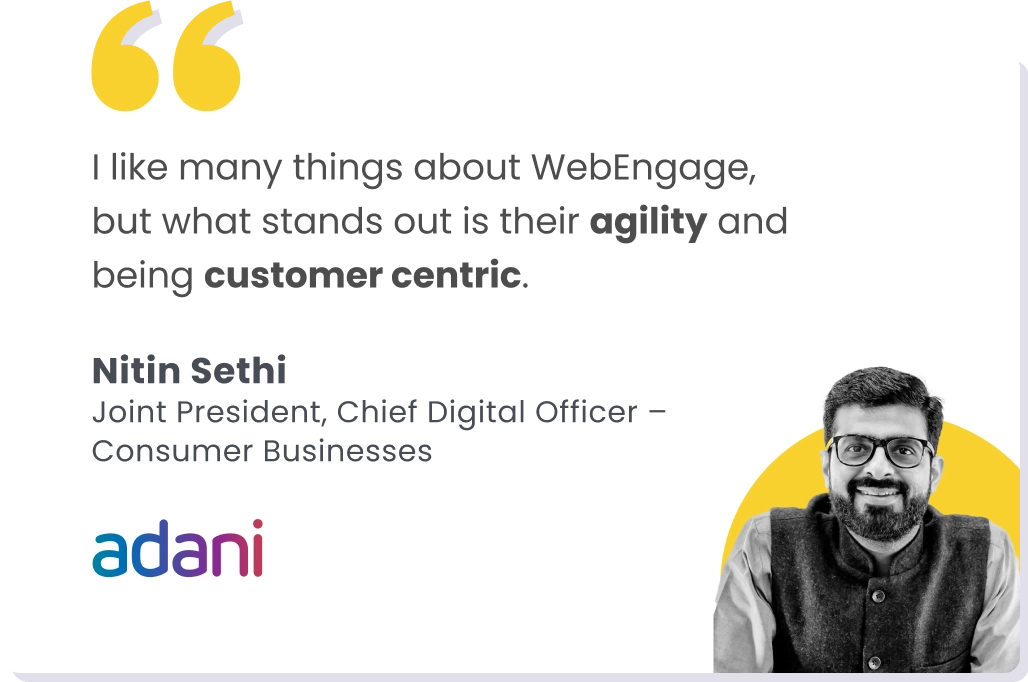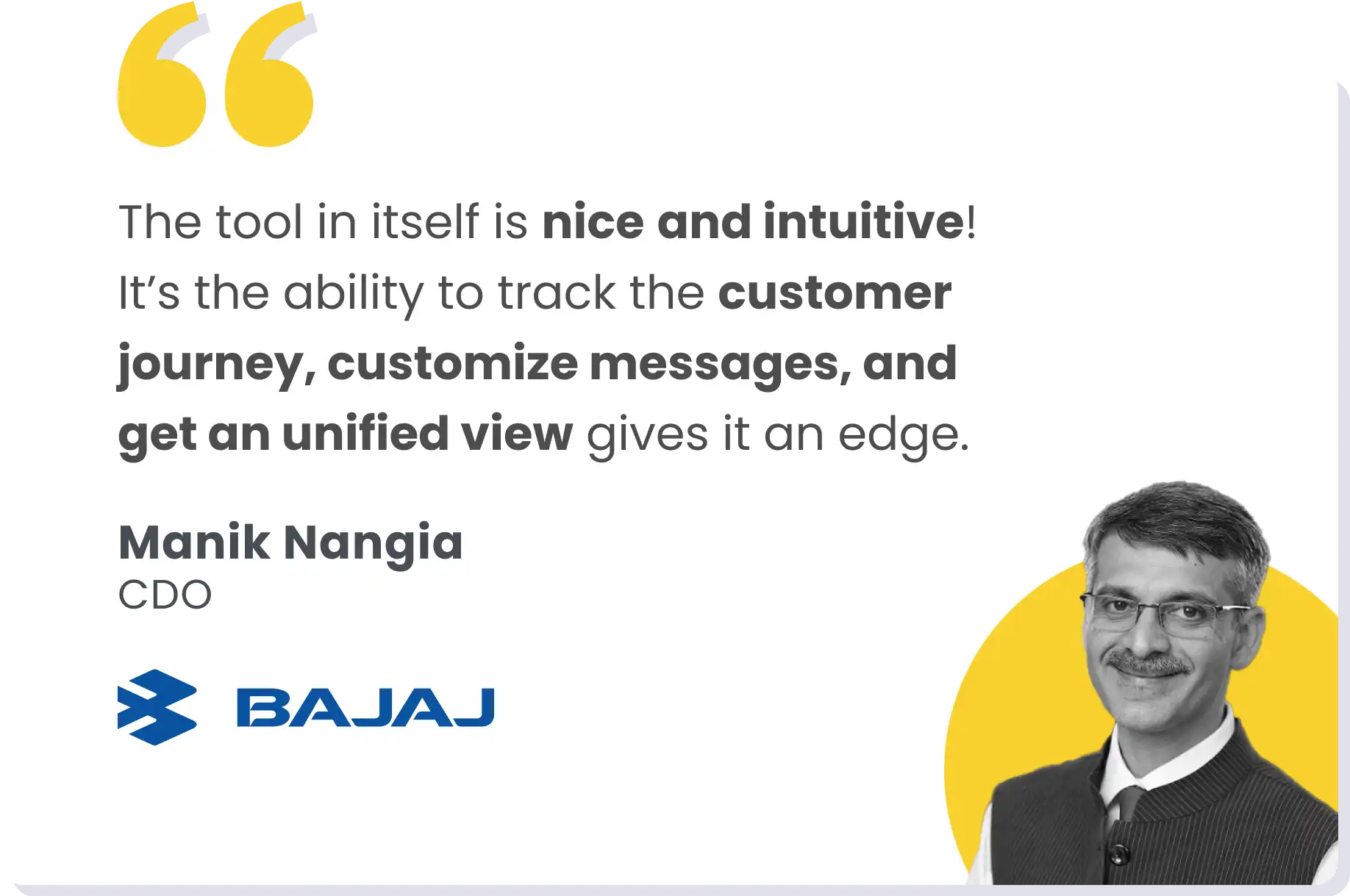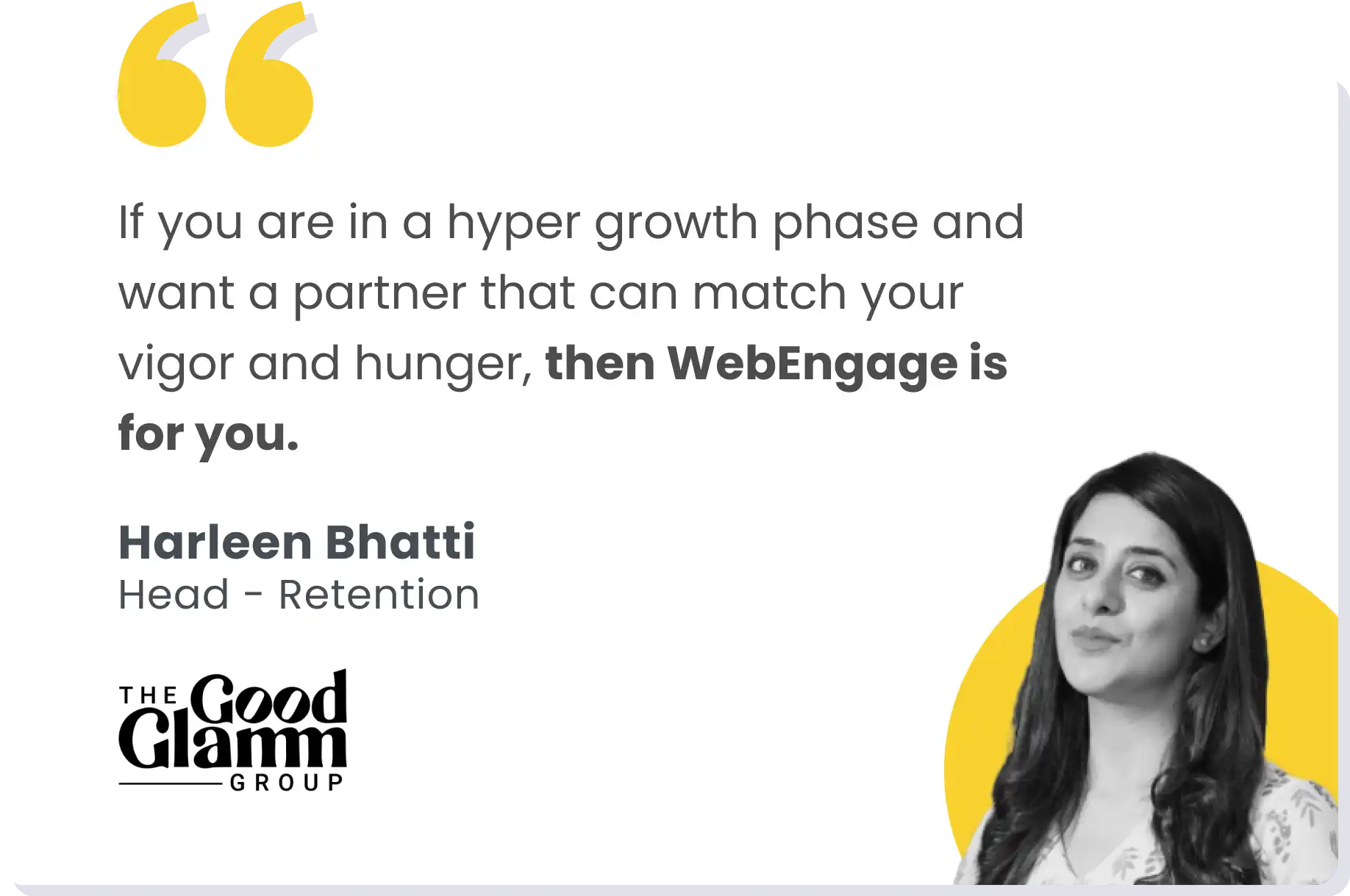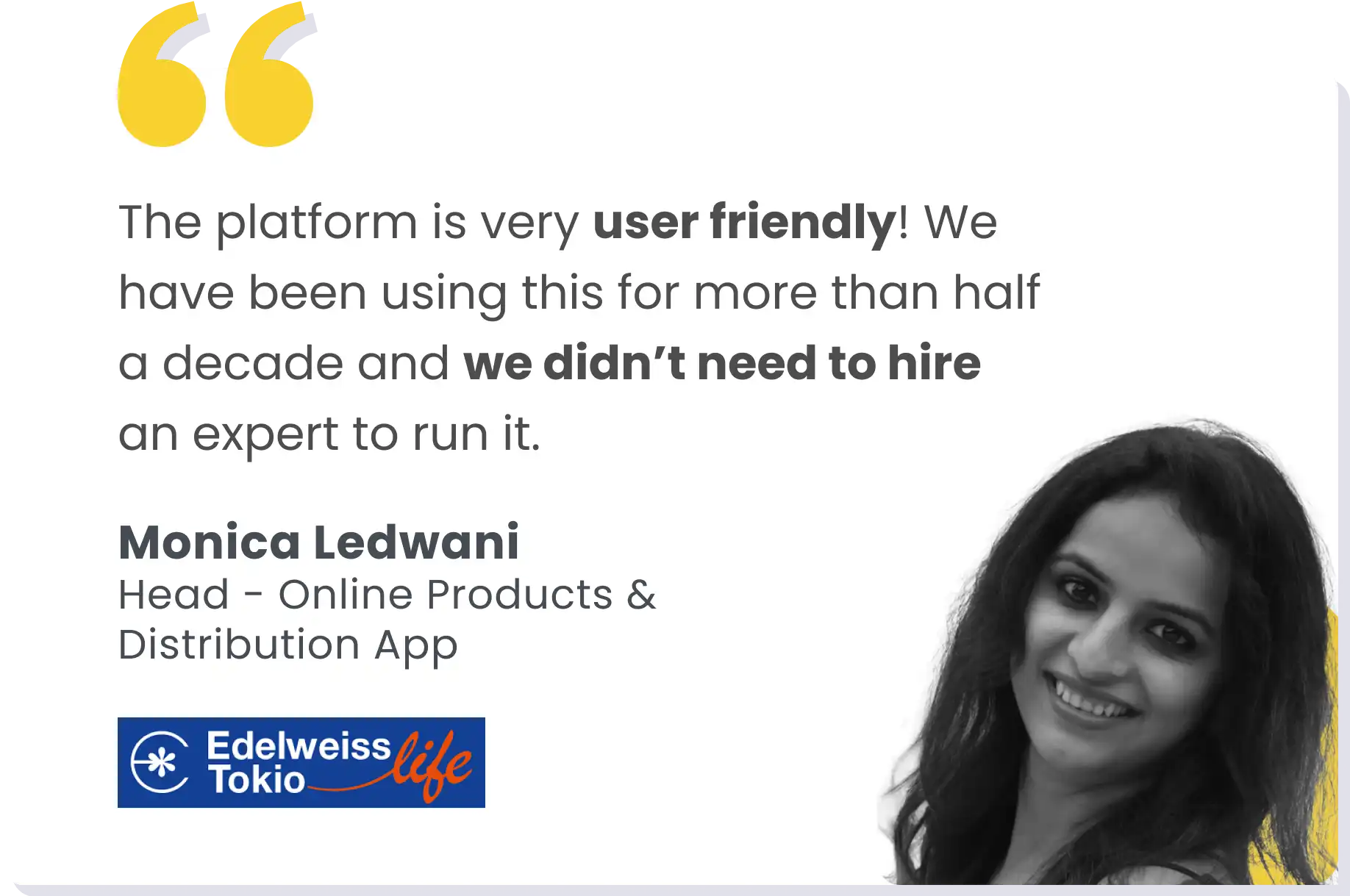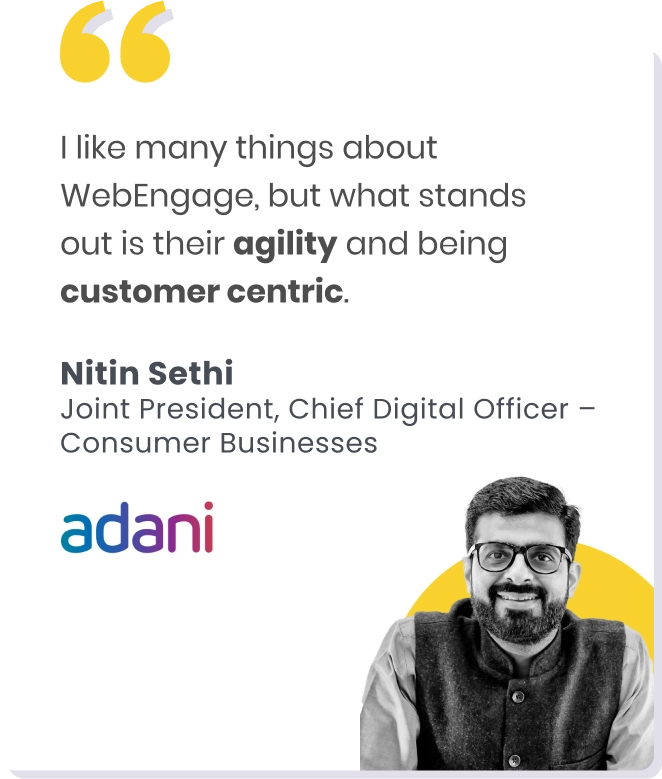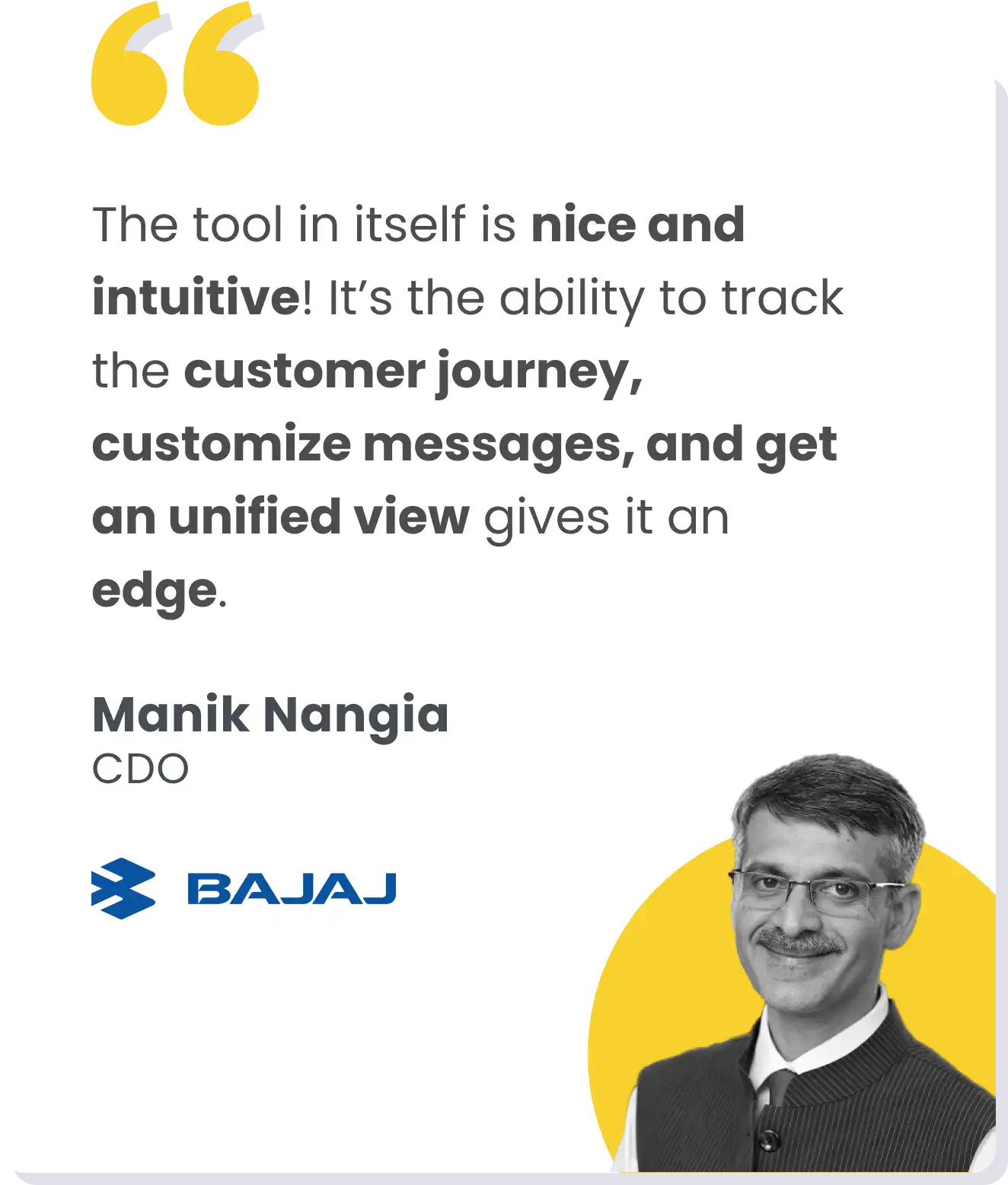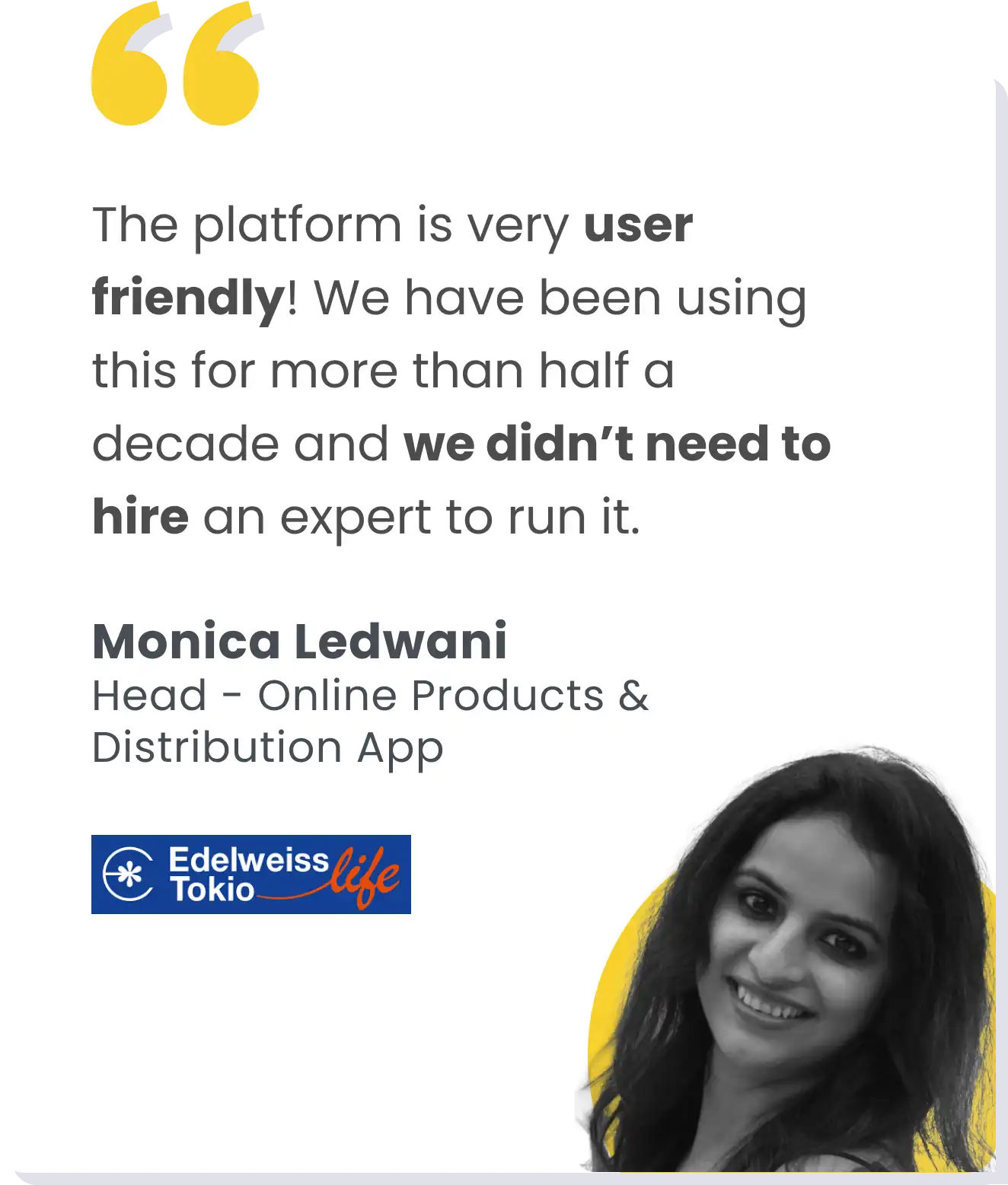Ever wonder what it’s like to lead an organization through massive technological changes? As a harbinger of digital transformation, I’ve had a front-row seat to the highs and lows of companies adapting to an increasingly online world. For the past five years, I’ve worked with organizations across industries to help them leverage new technologies and ways of working to achieve their business goals. Though not a digital frontrunner, Eureka Forbes, a household name, is primed for significant change. Our mission was beyond tidying up; it involved crafting a new, versatile tech setup spanning sales, services, and consumer offerings, ensuring an enhanced experience for customers.
In this article, I want to share my experiences guiding Eureka Forbes through this transformative journey and the lessons I’ve learned along the way. I hope these stories and insights provide confidence and direction for those of you embarking on a similar path.
Establishing a North Star and Defining the End State
Establishing a clear vision for what success looks like is crucial when leading any major change initiative. As a change agent driving digital transformation, I first defined our “North Star”-the end state we were working to achieve.
For our company, the North Star was about enhancing the customer experience through digital channels. We aimed to provide customers with a seamless, personalized experience at every touchpoint, from researching and buying our products to accessing support and service after the sale.
To make this vision a reality, my team and I focused on three key priorities:
1. Customer-Centric Precision: Mapping the customer journey to identify pain points and opportunities for improvement. We analyzed how customers interacted with our brand at each stage, from initial interest through post-purchase service and support. This helped us pinpoint where the experience could be streamlined or made more personal.
2. Digital Infrastructure Audit: Evaluating our existing digital platforms and data architecture. We needed to understand if we had the right tools, data, and technical infrastructure in place to enable the experience we envisioned. In many cases, we determined we needed to invest in new solutions.
3. Unity in Purpose: Aligning internal stakeholders around the North Star. We brought together leaders from marketing, sales, service, IT, and other groups to ensure everyone shared a common understanding of the end goal. This helped break down organizational silos and fostered a spirit of collaboration.
Defining a bold vision for digital transformation is challenging but ultimately rewarding work. By establishing a North Star and priorities to work toward it, we were able to make meaningful progress in a relatively short time. The key is starting with the customer experience in mind and building on it.
Getting Buy-in From Leadership and Building the Right Team
Getting leadership buy-in was critical to kickstarting our digital transformation. As an “outsider” coming into the organization, I knew I had to build credibility and help key executives understand why change was necessary and how it could benefit the business.
I spent my first few months meeting with department heads and leaders to understand their priorities, pain points, and visions for growth. I asked a lot of questions to grasp how digital could support their goals. Then, I synthesized all this information into a case for transformation that aligned with key company objectives.
When presenting to the C-suite, I focused on three main points:
1. Our competitors were innovating faster. If we didn’t accelerate our pace of change, we risked becoming irrelevant.
2. There were “quick wins” we could achieve to gain momentum, like improving our website experience or digitizing paper-based internal processes.
3. Transformation wasn’t just about technology. It required evolving our ways of working and employee mindsets to become more agile, innovative, and customer-centric.
The leadership team recognized the need for action. They supported forming a dedicated transformation team and provided the budget and headcount to build key capabilities.
With leadership on board, the next step was building the right team. We needed a mix of people: those with deep company knowledge and new hires with experience driving change. I looked for individuals passionate about the customer experience, not just technology.
Key roles included:
• A Strategy Lead to help determine key priorities and roadmaps
• A Data/Analytics Lead to gain customer insights and measure impact
• Digital Project Managers to keep initiatives on track
• Partnership Leads to work across departments
• Agile Coaches to help transition mindsets and ways of working
This transformation team drove our digital evolution, with essential leadership support breaking barriers and allocating resources.
Engaging in this process, we interviewed around 300 candidates to find 16 minds shaping Eureka Forbes’ future.
Emphasizing quality over mere skills, we sought to build a visionary crew. Recognizing that each team member is crucial in the composition, careful selection, and empowerment with a shared vision was paramount. With the necessary sponsorship, a cohesive team, and a clear mandate, we stood prepared to deliver impactful results.
Prioritizing Quick Wins to Demonstrate Value
Prioritizing quick wins is key to gaining traction and demonstrating value early on in a digital transformation. Below are some steps taken to ensure we make meaningful impacts that people will notice right away:
Improve key customer journeys
We start with a focus on the top 2-3 journeys that matter most to our customers and optimize them end-to-end. To find pain points, we mapped out the current experience and then made targeted improvements.
For example, streamline the signup process on our website or mobile app by reducing the number of steps and fields to complete. Use smart defaults and offer helpful tips. Little changes like these can go a long way in providing a modern, frictionless experience that customers will appreciate.
Enable self-service
Give customers the ability to help themselves by building a knowledge base or community forum. We initiated the development of resources that enabled customers to address common questions and issues independently. This self-service option became convenient for customers and reduced call volume for support teams. We identified topics that resulted in the most calls and built content or guides around those to promote our self-service portal across all channels and raise awareness.
Improve internal processes
We never miss the opportunity to drive impact within our organization. We constantly evaluate manual processes that could benefit from automation, such as expense reporting, time tracking, and asset management. By automating these tedious tasks, we free up our teams to focus on more strategic work and gain valuable data and insights for optimization.
We recognize that quick wins are essential for building momentum and rallying support for further changes. We celebrate these early successes to keep our stakeholders engaged throughout the longer transformation journey ahead.
As we work on optimizing customer experiences and internal operations, we continue to evaluate our tech stack and data infrastructure to support more ambitious goals. With the right people, priorities, and platforms in place, we are well on our way to achieving digital transformation.
Empowering Employees Through Change Management
Empowering your employees is key to navigating change successfully. As a leader driving transformation, we made sure to bring the team along with us on the journey.
Communication is key
Transparent communication was the secret to managing change. Turning town halls into grand stages, fostering understanding and collaboration. Communicating clearly and honestly to let our team understand the rhythm of change with frequent updates on the vision, progress, and next steps. We ensured transparency about challenges and setbacks to build trust. In addition to this, we also hosted Q&A sessions and encouraged questions.
Moreover, we conducted regular team surveys to understand their concerns and find ways to address them. Shared stories of small wins and progress to keep motivation high. We communicated via our team’s most preferred channels, whether email, Slack, or in-person meetings.
Provide adequate training
We provided extensive training to the team to handle new technologies and processes confidently. Combined technical skills training with change management coaching for a smooth transition. Throughout these training sessions, we emphasized on the crucial role of marketing in connecting with our audience.
“Your marketing teams aren’t just consumers of data; they drive strategic initiatives. In the digital era, data-driven decisions are your crescendo in the journey toward success.”
Equipping product and engineering teams
We empower our product and engineering teams, providing them with the autonomy to innovate, which significantly enhances their engagement and motivation. Our teams serve as the powerhouse driving our transformative journey. As our enterprise scales, it is imperative to know that continuous innovation is the key to staying ahead of the curve. By empowering our teams, we can witness remarkable advancements and achievements.
Offer support
We actively anticipate obstacles and provide our team with the necessary resources to conquer them. We’re always here to lend an ear as supportive sounding boards. Moreover, we make it a point to acknowledge and celebrate the exceptional efforts of team members who exceed expectations. We firmly believe that showing genuine gratitude and offering support, even through small gestures, can have a profound impact, particularly during periods of change.
Celebrate wins
We believe in celebrating wins throughout our journey. Whether it’s hitting key milestones or achieving small victories, we pause to acknowledge and appreciate our progress. This could mean treating the team to lunch, providing gift cards, or simply offering verbal praise. Recognizing both big and small wins is crucial for keeping our team motivated and energized for the ongoing digital transformation journey. We understand that digital transformation is a marathon, not a sprint, and maintaining high morale and motivation is essential for success.
Furthermore, we empower our employees through comprehensive communication, training, and support. We believe in celebrating wins to make the challenging process of change and transformation smoother and more successful. By keeping our team engaged and motivated, they become our strongest allies in driving change and achieving our goals.
Success Checkpoints for Constant Improvements
Once the changes are implemented, the next step is to measure success and make continuous improvements. As a change agent, you must evaluate if the transformation achieves the desired results. The key is improvising and course-correcting your approach to reach the end goal.
Some ways to measure success include:
Customer satisfaction
Are your customers happier with the new digital experiences? One way we ensured this is by doing a regular survey of them to gauge satisfaction and see if scores are trending up. We kept our eyes open for valuable feedback on what was working and what could be better and implemented changes accordingly.
Key performance indicators
As a team, we began by selecting key performance indicators (KPIs) to monitor closely, such as conversion rates, customer lifetime value, or Net Promoter Score. We set clear targets and make it a point to review reports regularly to ensure we’re progressing in the right direction. If we find that the numbers aren’t meeting our expectations, we collectively evaluate what adjustments need to be made to steer us back on track.
Employee adoption
As a team, we engage with colleagues to gauge feelings on changes and foster adoption through training. Complete adoption by employees is crucial for success. We collaborate with stakeholders to plan the next steps, whether it’s upgrading platforms or refining marketing strategies. We prioritize lifelong learning, share insights, measure success, and continually optimize for the digital transformation our business needs. The journey never ends; we seize new opportunities to enhance experiences and keep moving forward—the future is digital.
Embracing the Future: The Digital Journey Ahead
So there you have it, a first-hand account of what it’s like leading an organization through massive digital change. It’s not easy, but it can be deeply rewarding with the right mindset, approach, and team. The key is embracing transformation as an ongoing journey, not a destination. Keep learning, evolving your strategies, and bringing others along with empathy and patience. The digital world will continue advancing rapidly, but if you build a culture where people feel empowered to adapt, you’ll be in the best position to thrive. Stay flexible, stay curious, and keep that vision of progress and innovation in front of your mind. The future is unwritten, so grab your digital pen and start shaping it. You’ve got this!
Author
Shubham Srivastava, Chief Product and Technology Officer, Eureka Forbes Ltd.









